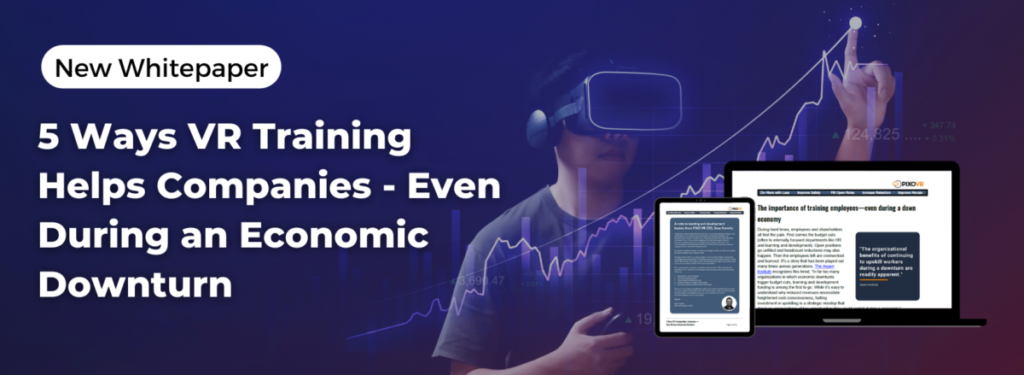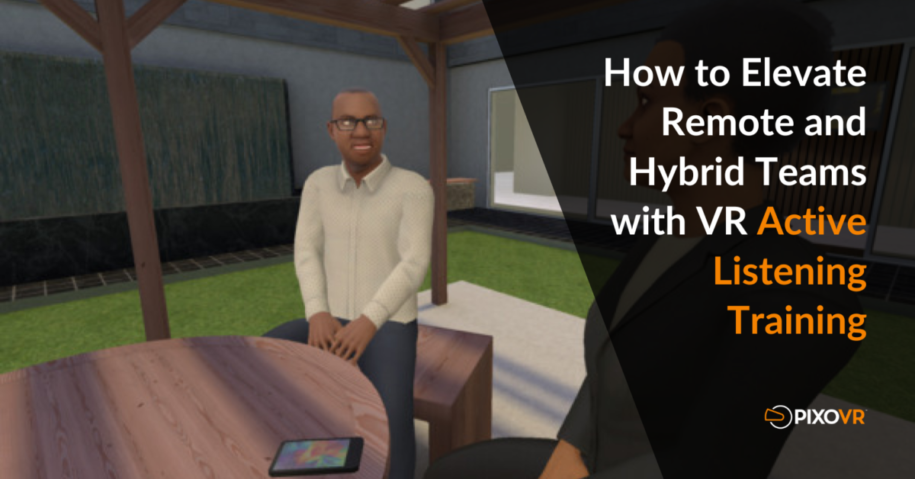Active listening is an important skill in today’s workplace, as it helps individuals to better understand and respond to the needs of their colleagues, clients, and customers. Active listening involves not just hearing the words that are spoken, but also paying attention to the speaker’s tone, body language, and nonverbal cues, in order to fully understand the meaning behind the words.
The increasing use of technology and social media has made it more difficult for many people to actively listen, as distractions and notifications can easily interrupt conversations and make it harder to focus on what is being said. Additionally, the shift to remote work in recent years may have made active listening more challenging as communication through digital channels can be less personal and more prone to misinterpretation.
In today’s fast-paced and highly-connected workplace, active listening is more important than ever, as it helps individuals to effectively communicate and collaborate with others, both in-person and remotely.
But how can you help train both in-person and remote employees to be better listeners?
The answer is with VR.
How VR can be used to help employees with active listening
Virtual reality (VR) has been in use for years for hard skills and safety training where it was more cost effective to create simulated scenarios versus trying to make them happen in real life. Over time, companies realized that not only was VR more cost effective, but that it worked better than other training methods. Which is why it makes sense that in recent years VR has been used to tackle soft skills training.
One of the biggest benefits of VR training is that it allows users to be immersed in a scenario that feels very real and allows them to practice skills in a safe environment. This is a great fit for soft skills where difficult conversations need to be practiced in real-life situations.
PwC did a breakthrough study of VR used for soft skills training. Employees from a group of new managers in 12 US locations took an inclusive leadership training via classroom, e-learn, or VR training. The results clearly demonstrated that VR training was faster and more effective than traditional training methods.
Here are some of the key findings from the PwC study:
- VR learners were 4x more focused and finished training 4x faster
- VR learners were 275% more confident to apply skills learning in training
- VR learners were 3.75x more emotionally connected to the content
Virtual reality has become a game changer for training employees on soft skills. And active listening is a great application where there is huge benefit to being able to observe others and engage in communication scenarios to practice and learn.
VR Active Listening training is in use today
VR Active Listening content is available and being used by remote and in person companies. Many employees already have VR headsets in their homes and content can be delivered wirelessly. Alternatively, VR headsets can be sent to employees or they can engage with them on in-office days or company gatherings. This is much easier than trying to coordinate getting employees in person for a training session.
The Active Listening VR training allows users to engage in conversations, then replay the engagement to see how their verbal and nonverbal communication was seen by the other participants like a virtual mirror. This is incredibly powerful for employees to see how they come across in conversations.
The training also breaks down the components of active listening so that employees can learn to identify both good and bad listening behaviors. They are asked to identify them in the other employees in the simulation as well as in their own communications. This is the only training method where employees can learn and practice on their own time, in a safe space, with no judgment from others.
VR Active Listening training improves collaboration for remote and in-person teams
As companies look to improve productivity and collaboration among employees at home and in the office, active listening is a great place to start. Here are just a few of the ways that improving active listening can make a difference:
- Builds relationships – It helps to build trust and rapport with others, as it shows that you are genuinely interested in what they have to say.
- Drives productivity – It helps to promote better communication and understanding, as it allows individuals to more accurately interpret and respond to the information that is being shared.
- Resolves problems – It can help to resolve conflicts and improve problem-solving, as it allows individuals to fully understand and address the concerns of others.
With more and more communications being virtual, companies need to invest in ways to improve interpersonal skills to keep employees happy and to keep companies on a positive trajectory.
Wondering how to get started with VR training?
For learning and development leaders looking to help their company’s thrive, VR training is the answer. VR content naturally compliments existing training content to provide employees with ways to apply and practice skills needed to be successful.
Want more evidence for leadership on the cost cutting benefits of VR training? Read whitepaper here!
In our previous whitepaper we covered how to bring VR into your training program, get the step-by-step guide here!
Download the whitepaper: 5 Ways VR Training Helps Companies Even in an Economic Downturn’:


Leave a Reply
You must be logged in to post a comment.